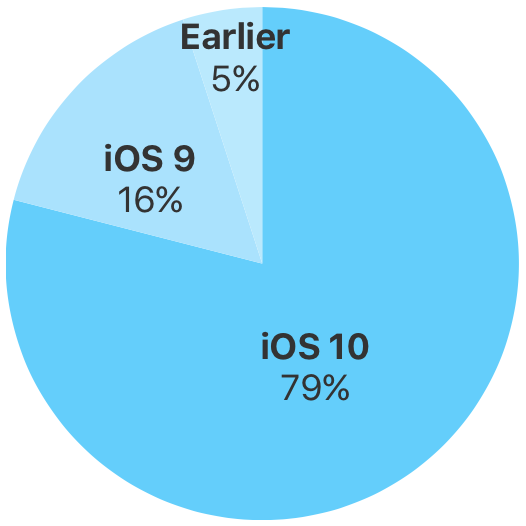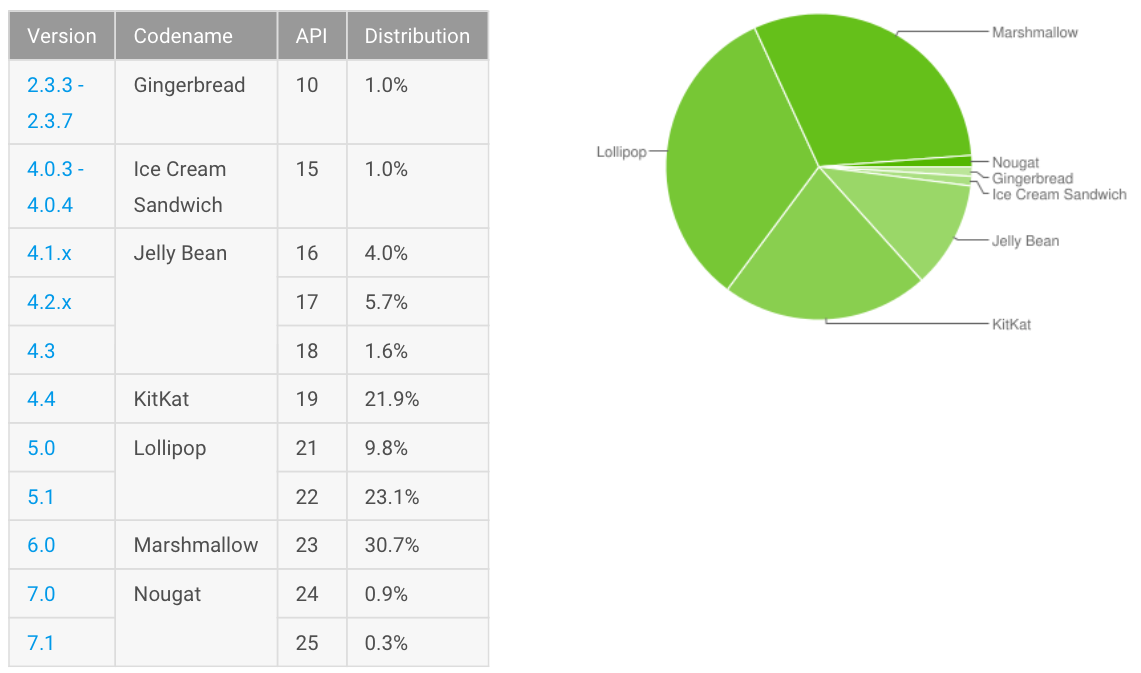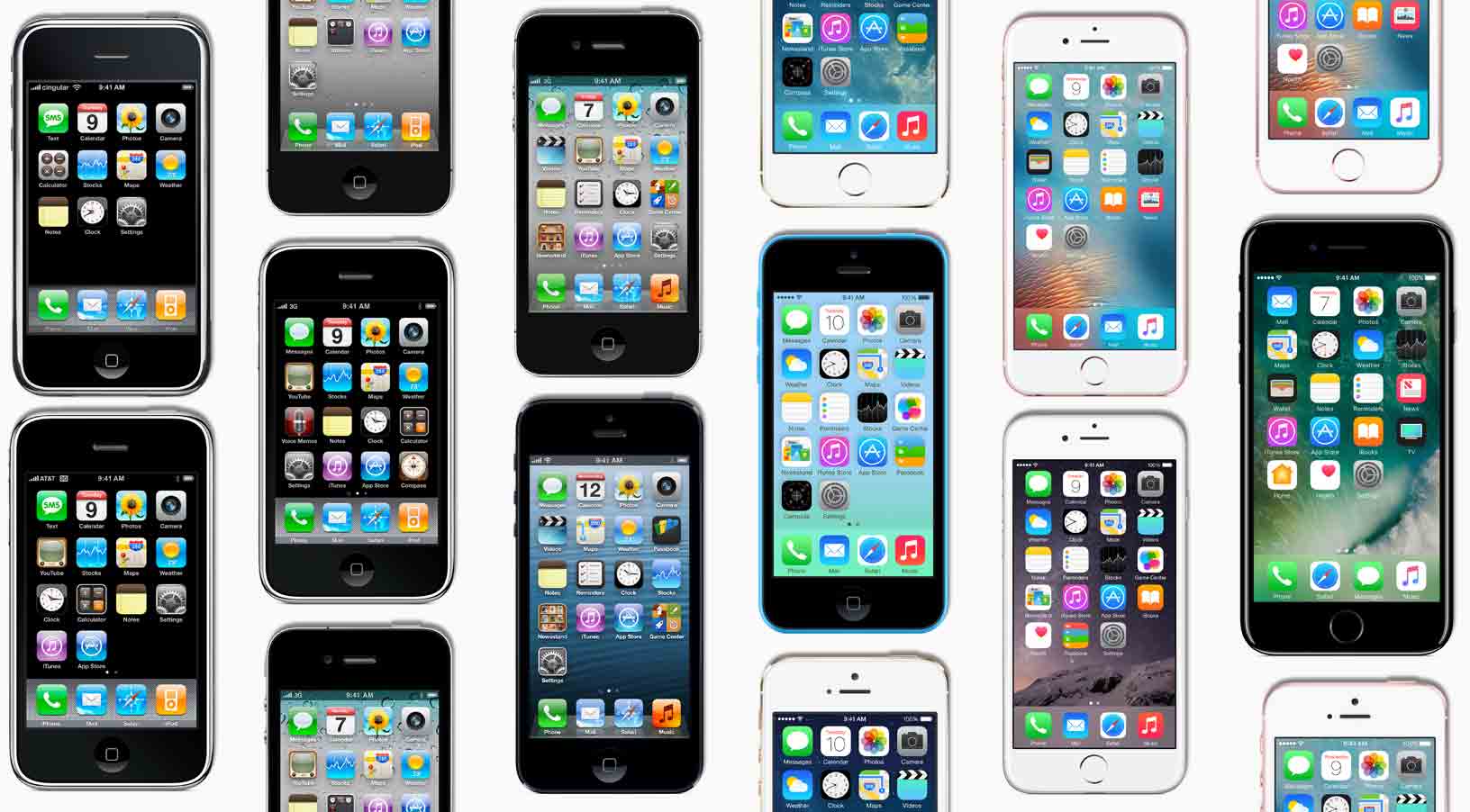iOS 10 now powers nearly eight out of ten active devices—less than six months since officially releasing to the public in September of last year, as measured by App Store on February 20, 2017.
To be precise—iOS 10 now powers 79 percent of active iPhone, iPad and iPod touch device out there, representing a three-point increase over iOS 10’s adoption rate of 76 percent recorded 48 days ago on January 5, 2017.
Contrast the rapid pace of iOS adoption to Google, whose latest and greatest version of Android is currently found on less than one percent of active devices. Over and over again, Google’s lack of control over hardware and other factors are hurting its ability to deploy the latest Android features to its customers.
iOS 9’s adoption has dropped from eighteen percent in January to sixteen percent, with older iOS editions (labeled “Earlier” on Apple’s pie chart) going from six to five percent.
How do these stats compared to Nougat, the seventh major version of the Android operating system (codenamed Android N during development)? According to Google, Nougat (versions 7.0 – 7.1.2) was found on barely one percent of active devices based on data collected during a seven-day period ending on February 6, 2017.
Both Android Nougat and iOS 10 were released roughly around the same time.
Android Nougat was first released as a beta build at Google I/O on March 9, 2016.
The software update officially released on August 22, 2016, with Nexus devices being the first to receive it. The first developer-only beta of iOS 10 was released at WWDC 2016 on June 13, 2016 ahead of its public release on September 13, 2016.
Unlike with Android, Apple’s carrier partners don’t control how iOS software updates are distributed to consumers so the iPhone maker is able to release a new version of the mobile operating system to all active devices at once.
On the other hand, Android updates must be certified by a number of players, including handset makers and carriers. Despite all the talk about guaranteeing major software updates for up to two years, most Android vendors don’t bother to update sold devices to the latest and greatest version of Google’s operating system.
As a result, the three most recent versions of Android—Nougat, Marshmallow and Lollipop (which was released back in 2014)—lumped together are found on less than two-thirds of active Android devices that run the Google Play Store app (excluding devices that use third-party stores or don’t run Google services).


